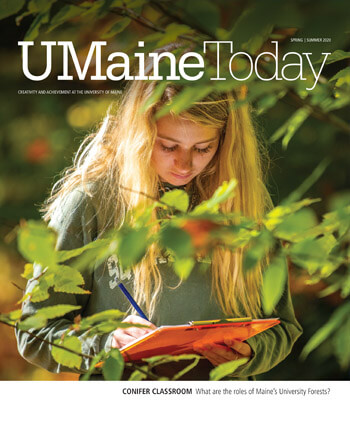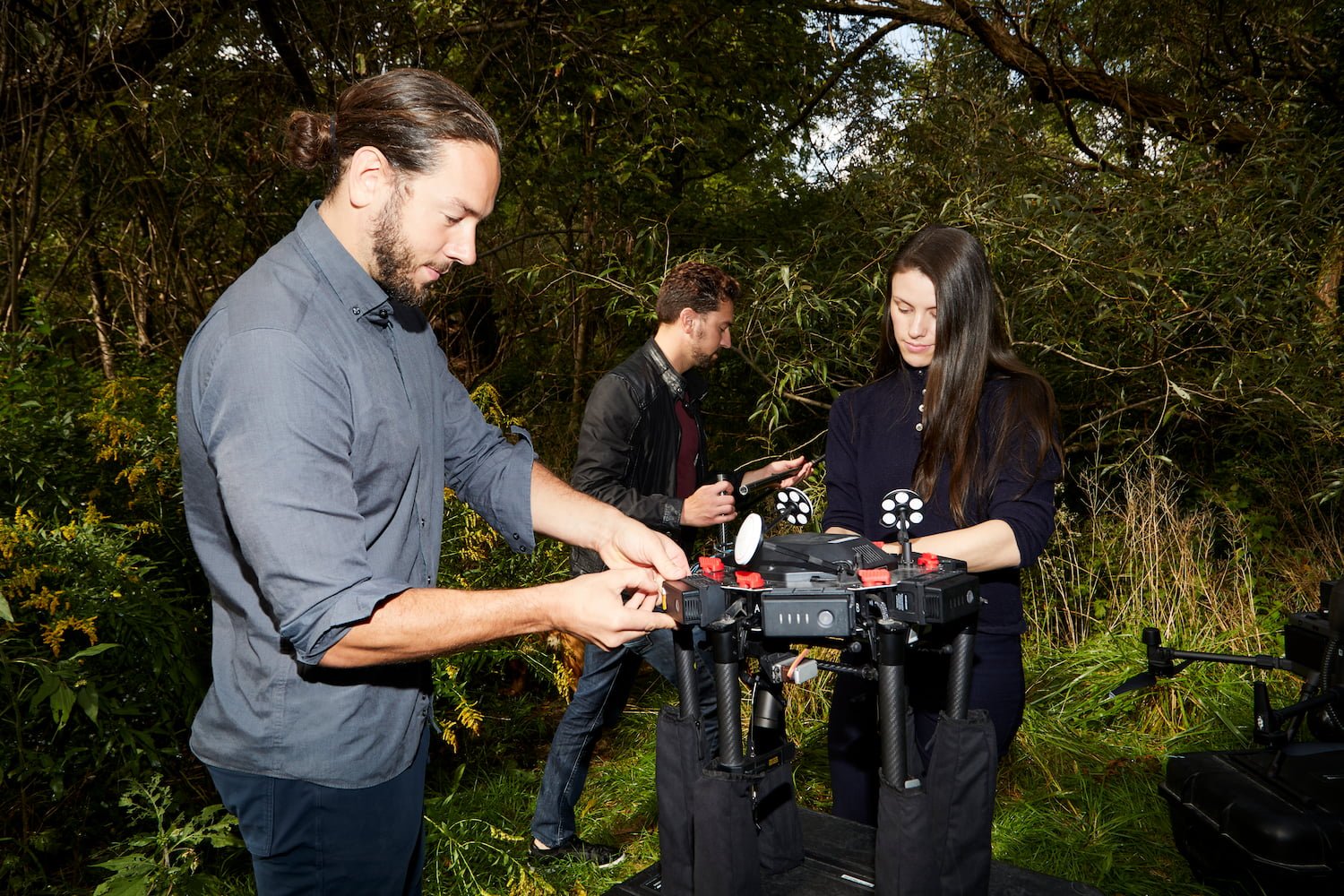 When the wildfires came through B.C. this summer, they moved like lightning… Reforestation is a vital and time-sensitive part of wildfire recovery. Without trees, the soil will eventually erode, threatening habitats and ecosystems. Now that climate change has made wildfires a given in western Canadian summers, trees are in constant danger. It’s time to fight fire with…drones? That’s where Flash Forest comes in. The start-up, based in suburban Toronto, is the first reforestation company on the Canadian market that uses unmanned aerial vehicles, or UAVs, to plant trees…The UAVs can plant far more efficiently than people can, moving quickly to seed burnt forests before the undergrowth returns. By bringing drones to what has historically been a bag, shovel and itty-bitty-seedling fight, the Flash Forest crew hopes to plant one billion trees by 2028—a goal that’s ambitious and optimistic, yes, but imperative.
When the wildfires came through B.C. this summer, they moved like lightning… Reforestation is a vital and time-sensitive part of wildfire recovery. Without trees, the soil will eventually erode, threatening habitats and ecosystems. Now that climate change has made wildfires a given in western Canadian summers, trees are in constant danger. It’s time to fight fire with…drones? That’s where Flash Forest comes in. The start-up, based in suburban Toronto, is the first reforestation company on the Canadian market that uses unmanned aerial vehicles, or UAVs, to plant trees…The UAVs can plant far more efficiently than people can, moving quickly to seed burnt forests before the undergrowth returns. By bringing drones to what has historically been a bag, shovel and itty-bitty-seedling fight, the Flash Forest crew hopes to plant one billion trees by 2028—a goal that’s ambitious and optimistic, yes, but imperative.


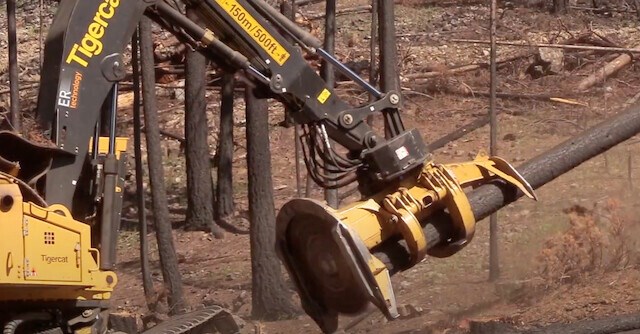
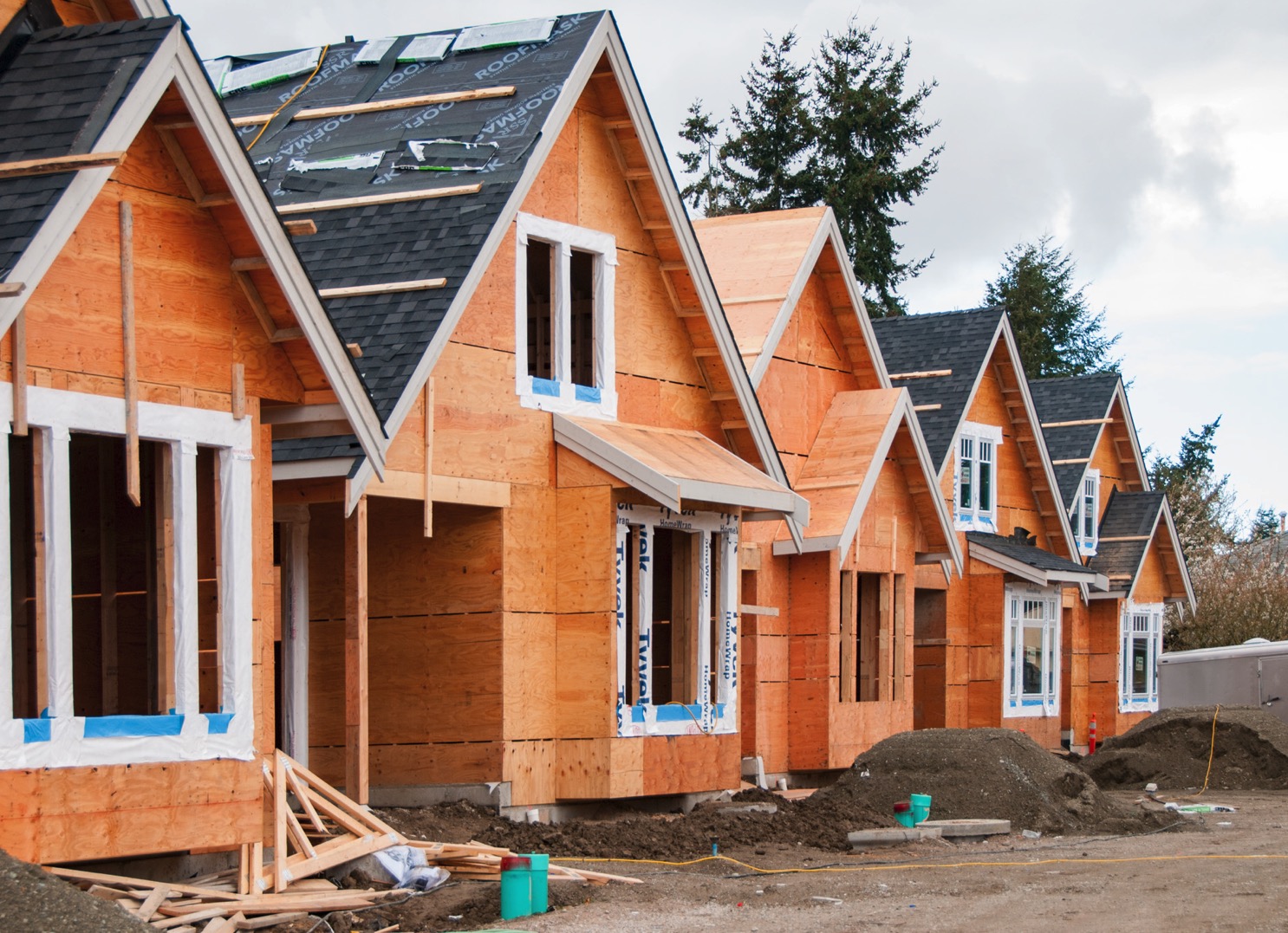 Let us protest logging and save the world! I have no doubt that most of those who are out there protesting, passionately feel that they are out there to save the planet. But because we live in a resource based economy and our governments are extremely in debt, I must ask: if we shut down industry, how do you propose we pay for our education, our hospitals… the renewable infrastructure we so desperately need? Do you propose we market our beautiful land to tourists? …Are the jobs as high paying as logging? Do tourists fly here in solar powered airplanes or fuel guzzling jets? Do most of us live in houses made of wood? …Do you know that logging is a renewable resource and that trees grow back? …If you agree with my message please speak up. Those of you who support sustainable industry need to say so by writing to your elected officials.
Let us protest logging and save the world! I have no doubt that most of those who are out there protesting, passionately feel that they are out there to save the planet. But because we live in a resource based economy and our governments are extremely in debt, I must ask: if we shut down industry, how do you propose we pay for our education, our hospitals… the renewable infrastructure we so desperately need? Do you propose we market our beautiful land to tourists? …Are the jobs as high paying as logging? Do tourists fly here in solar powered airplanes or fuel guzzling jets? Do most of us live in houses made of wood? …Do you know that logging is a renewable resource and that trees grow back? …If you agree with my message please speak up. Those of you who support sustainable industry need to say so by writing to your elected officials. 

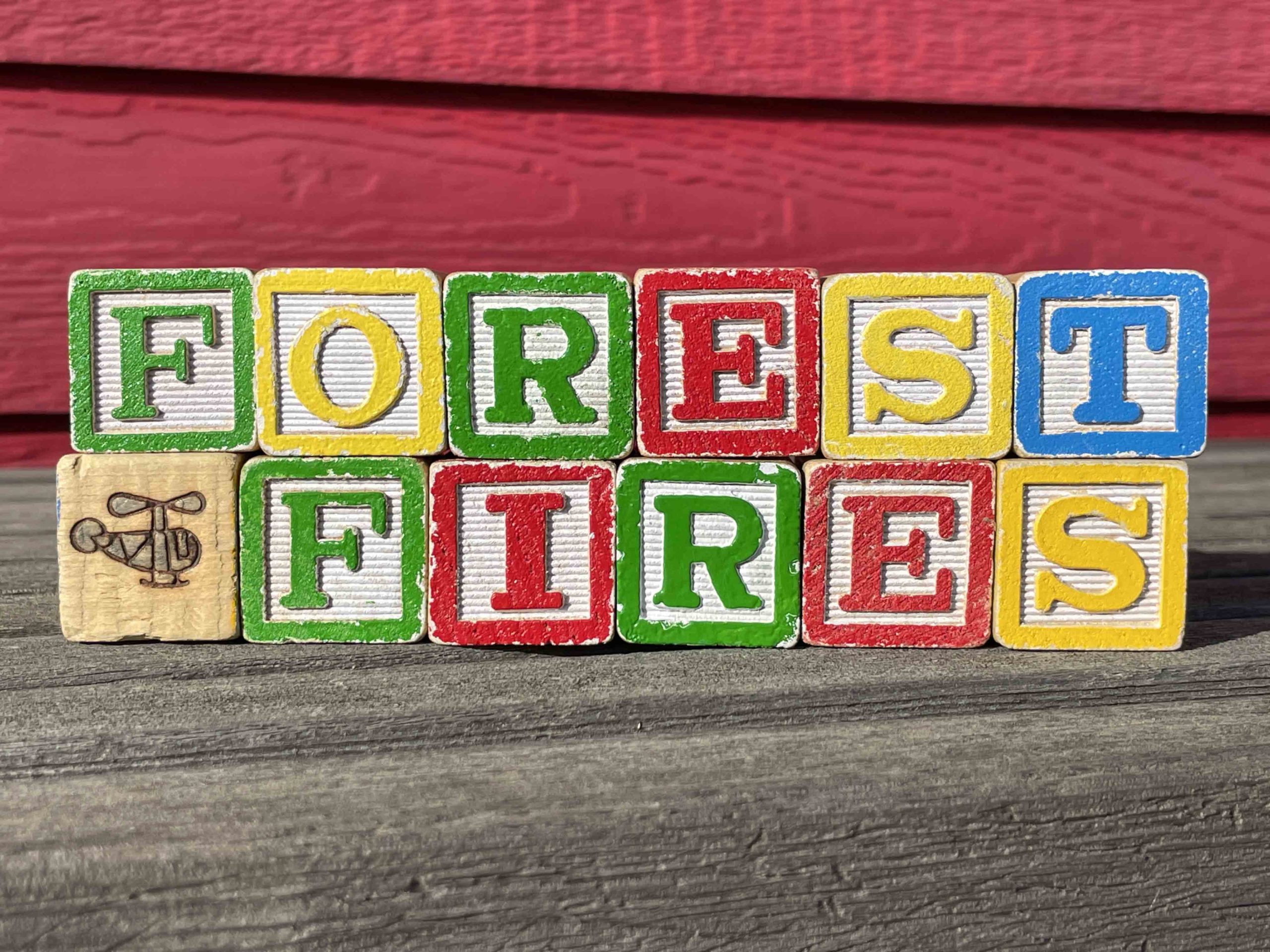 …While forest fires are natural, the rate at which our forests are burning is not. It is unprecedented and unsustainable. Fire can be incredibly damaging to buildings, habitats, animal populations… Inhalation of smoke can cause irritation in the respiratory tract, minimized lung functions, heart failure, bronchitis, and early death. …There are approximately 8,000 wildfires per year in Canada alone, and about 2.5 million hectares are burned in the process. …humans are responsible for the majority of forest fire ignitions, and the rest are sparked by lightning. …On average, it costs B.C. over $265 million to combat the raging flames each summer, with that figure exceeding $650 million in the most damaging year. …The BC Forest Service does an amazing job fighting the fires during the summer season, but for a more successful approach, wildfires prevention should be done year-round. Luckily, the B.C. government has recently promised exactly that for 2022.
…While forest fires are natural, the rate at which our forests are burning is not. It is unprecedented and unsustainable. Fire can be incredibly damaging to buildings, habitats, animal populations… Inhalation of smoke can cause irritation in the respiratory tract, minimized lung functions, heart failure, bronchitis, and early death. …There are approximately 8,000 wildfires per year in Canada alone, and about 2.5 million hectares are burned in the process. …humans are responsible for the majority of forest fire ignitions, and the rest are sparked by lightning. …On average, it costs B.C. over $265 million to combat the raging flames each summer, with that figure exceeding $650 million in the most damaging year. …The BC Forest Service does an amazing job fighting the fires during the summer season, but for a more successful approach, wildfires prevention should be done year-round. Luckily, the B.C. government has recently promised exactly that for 2022.
 I would like to respond to a letter appearing in the Oct. 5 edition of the
I would like to respond to a letter appearing in the Oct. 5 edition of the 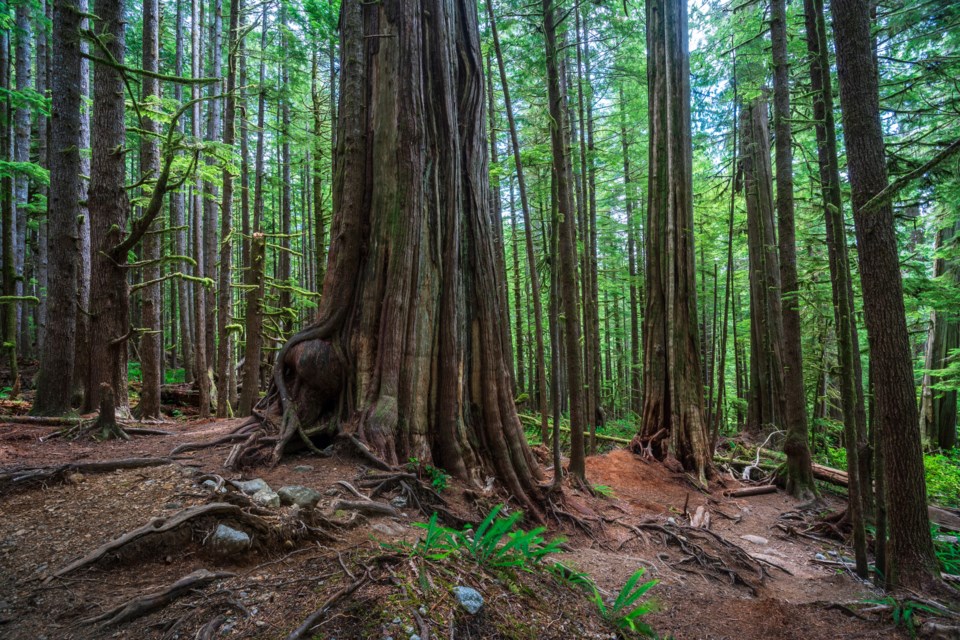

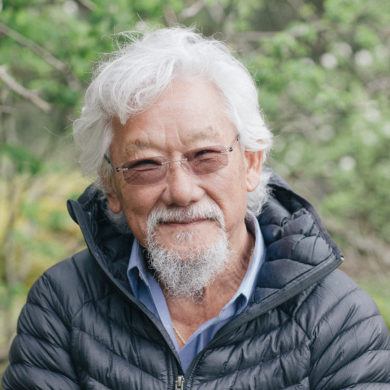

 VICTORIA – The Forest Practices Board has released its 2020-21 annual report of the board’s work and accomplishments during the year. “This year brought us some significant operational challenges due to the pandemic,” said Kevin Kriese, board chair, Forest Practices Board. “While this created some limitations for field work, it also gave us the time to work on improvements to our internal policies and processes, particularly for complaint investigations and for Indigenous engagement. A major focus for the board is increasing our understanding of climate change and how we can mitigate its impacts and adapt our forest practices to a changing climate.”
VICTORIA – The Forest Practices Board has released its 2020-21 annual report of the board’s work and accomplishments during the year. “This year brought us some significant operational challenges due to the pandemic,” said Kevin Kriese, board chair, Forest Practices Board. “While this created some limitations for field work, it also gave us the time to work on improvements to our internal policies and processes, particularly for complaint investigations and for Indigenous engagement. A major focus for the board is increasing our understanding of climate change and how we can mitigate its impacts and adapt our forest practices to a changing climate.”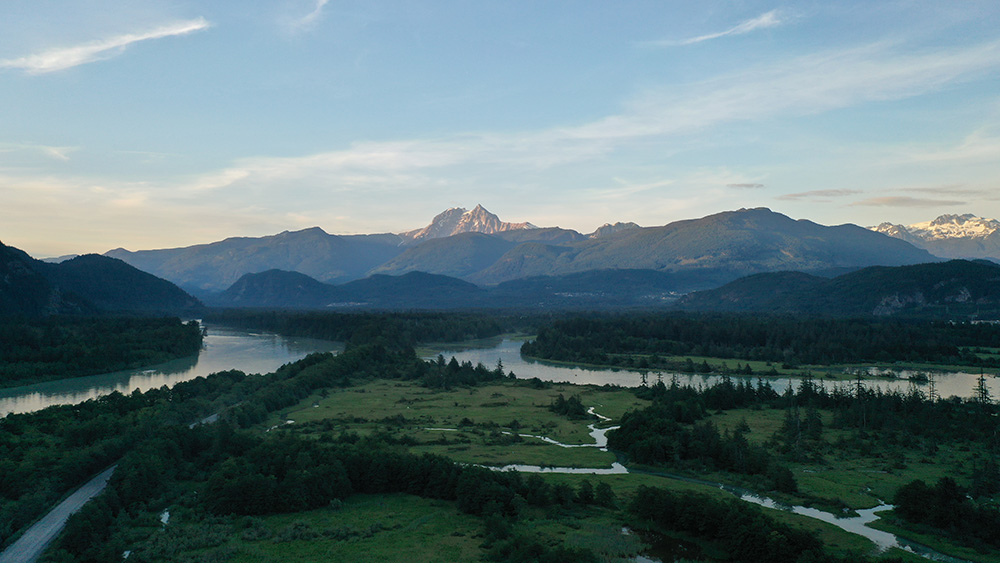


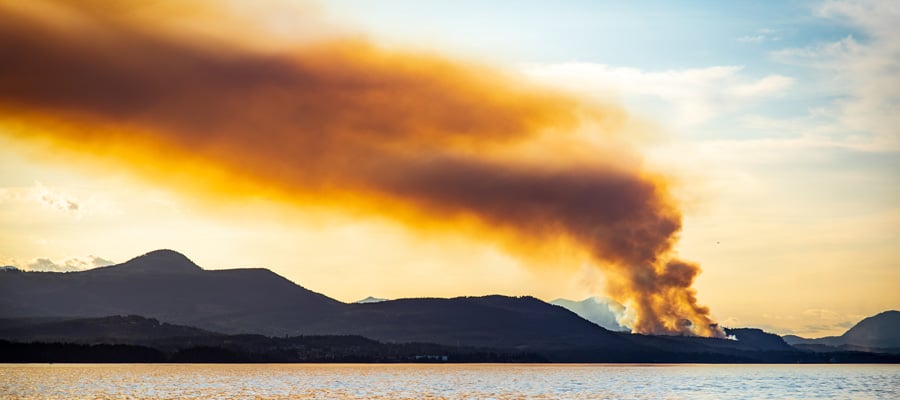

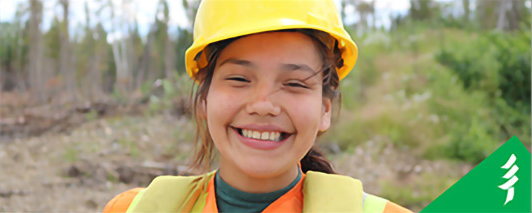
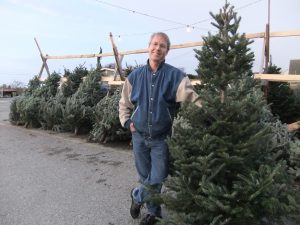 After months of droughts and global supply chain shortages, Costco and other retailers may be selling fewer Christmas trees this Holiday season. The American Christmas Tree Association told Fox Business the shortage is industry-wide. “Costco, and all retailers, will be impacted by the reduced tree supply this season,” ACTA said in a statement. “We anticipate that most retailers that typically sell both live and artificial trees will continue to do so, although they will have limited supply compared to past years.” ACTA said the reduced supply can be attributed to extreme weather events in the Pacific Northwest and Midwest and supply chain congestion brought by the COVID-19 pandemic. “These challenges are real. That said, the majority of U.S. consumers will be able to find a Christmas tree this year,” ACTA said.
After months of droughts and global supply chain shortages, Costco and other retailers may be selling fewer Christmas trees this Holiday season. The American Christmas Tree Association told Fox Business the shortage is industry-wide. “Costco, and all retailers, will be impacted by the reduced tree supply this season,” ACTA said in a statement. “We anticipate that most retailers that typically sell both live and artificial trees will continue to do so, although they will have limited supply compared to past years.” ACTA said the reduced supply can be attributed to extreme weather events in the Pacific Northwest and Midwest and supply chain congestion brought by the COVID-19 pandemic. “These challenges are real. That said, the majority of U.S. consumers will be able to find a Christmas tree this year,” ACTA said. 


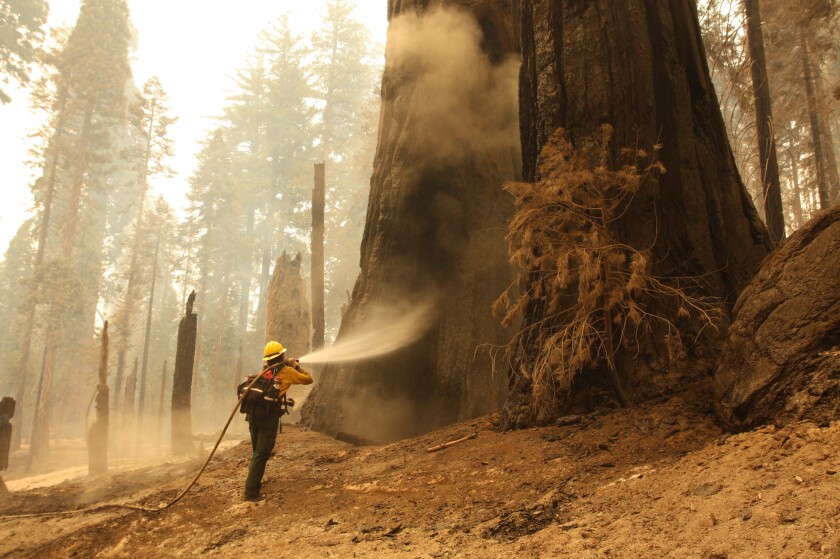
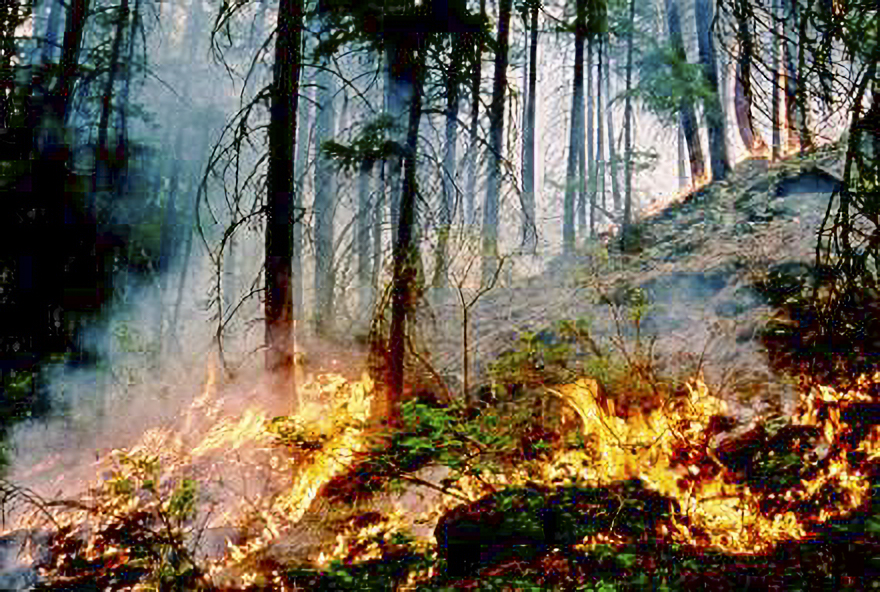 The Bureau of Land Management and its partners received more than $10 million in grant funding recently from the California Department of Forestry and Fire Protection. The grant funds will be used for wildland fuels reduction projects that will reduce hazardous vegetation on northern California public and private lands in Humboldt, Mendocino, Trinity and Butte counties. “These funds will go a long way enabling us to complete projects that will reduce risk of catastrophic wildfire and improve landscape health and fire resilience,” said Dereck Wilson, manager of the BLM’s Northern California District. “With these grants we are continuing ongoing projects and look forward to starting new work that will benefit our natural resources and northern California communities. We are grateful for our funding partners in Cal Fire and our local partners who will help complete this important work.”
The Bureau of Land Management and its partners received more than $10 million in grant funding recently from the California Department of Forestry and Fire Protection. The grant funds will be used for wildland fuels reduction projects that will reduce hazardous vegetation on northern California public and private lands in Humboldt, Mendocino, Trinity and Butte counties. “These funds will go a long way enabling us to complete projects that will reduce risk of catastrophic wildfire and improve landscape health and fire resilience,” said Dereck Wilson, manager of the BLM’s Northern California District. “With these grants we are continuing ongoing projects and look forward to starting new work that will benefit our natural resources and northern California communities. We are grateful for our funding partners in Cal Fire and our local partners who will help complete this important work.”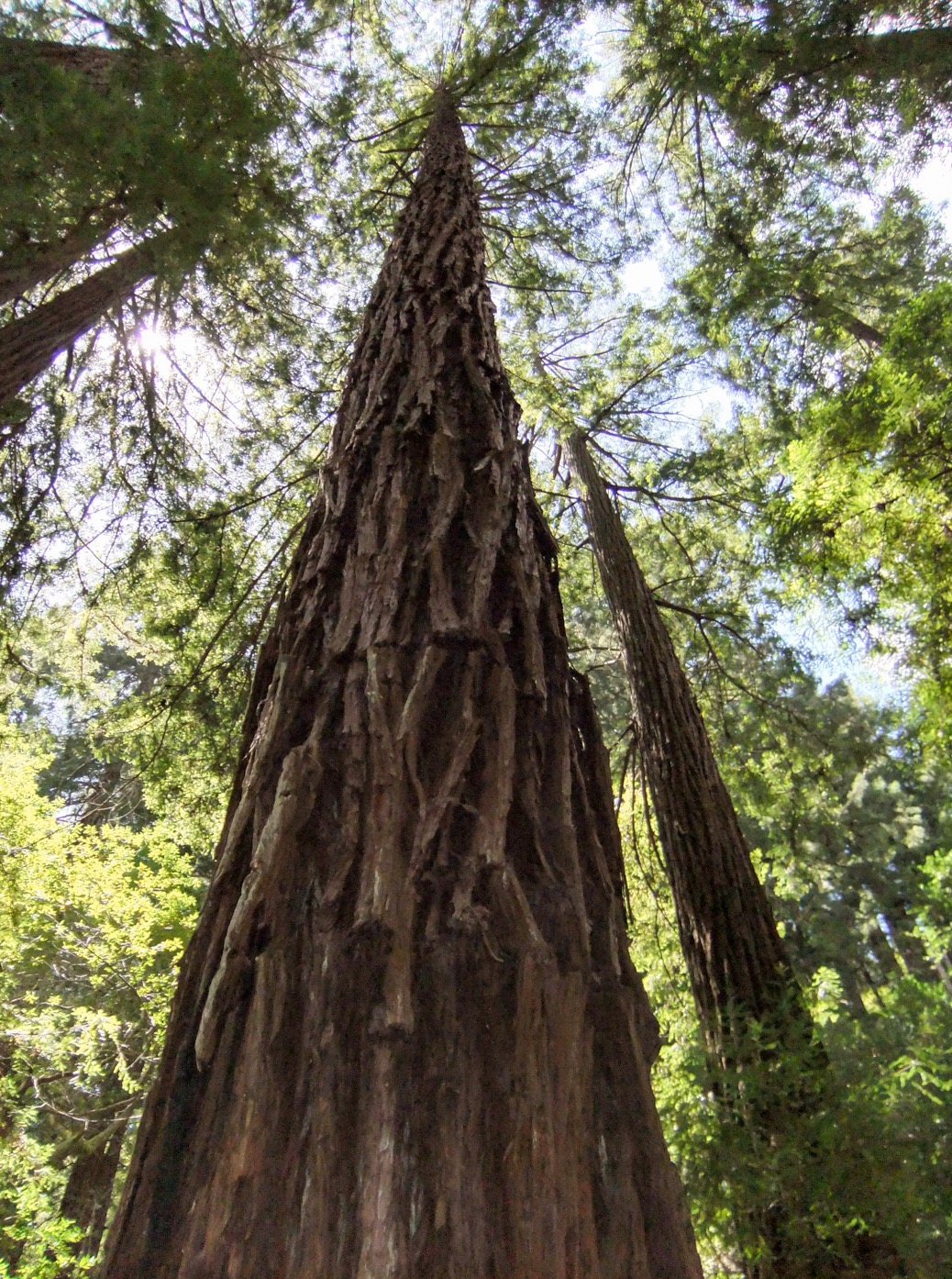 LOS ANGELES — Northern California wildfires may have killed hundreds of giant sequoias as they swept through groves of the majestic monarchs in the Sierra Nevada, an official said Wednesday. “It’s heartbreaking,” said Christy Brigham, head of resource management and science for Sequoia and Kings Canyon national parks. The lightning-caused KNP Complex that erupted on Sept. 9 has burned into 15 giant sequoia groves in the park, Brigham said. More than 2,000 firefighters were battling the blaze in sometimes treacherous terrain. …However, it appeared that two groves — including one with 5,000 trees — were seared by high-intensity fire that can send up 100-foot (30-meter) flames capable of burning the canopies of the towering trees. …the full extent of the damage won’t be known for months, Brigham said. Firefighters are still occupied protecting trees, homes and lives or can’t safely reach steep, remote groves that lack roads or even trails, she said.
LOS ANGELES — Northern California wildfires may have killed hundreds of giant sequoias as they swept through groves of the majestic monarchs in the Sierra Nevada, an official said Wednesday. “It’s heartbreaking,” said Christy Brigham, head of resource management and science for Sequoia and Kings Canyon national parks. The lightning-caused KNP Complex that erupted on Sept. 9 has burned into 15 giant sequoia groves in the park, Brigham said. More than 2,000 firefighters were battling the blaze in sometimes treacherous terrain. …However, it appeared that two groves — including one with 5,000 trees — were seared by high-intensity fire that can send up 100-foot (30-meter) flames capable of burning the canopies of the towering trees. …the full extent of the damage won’t be known for months, Brigham said. Firefighters are still occupied protecting trees, homes and lives or can’t safely reach steep, remote groves that lack roads or even trails, she said.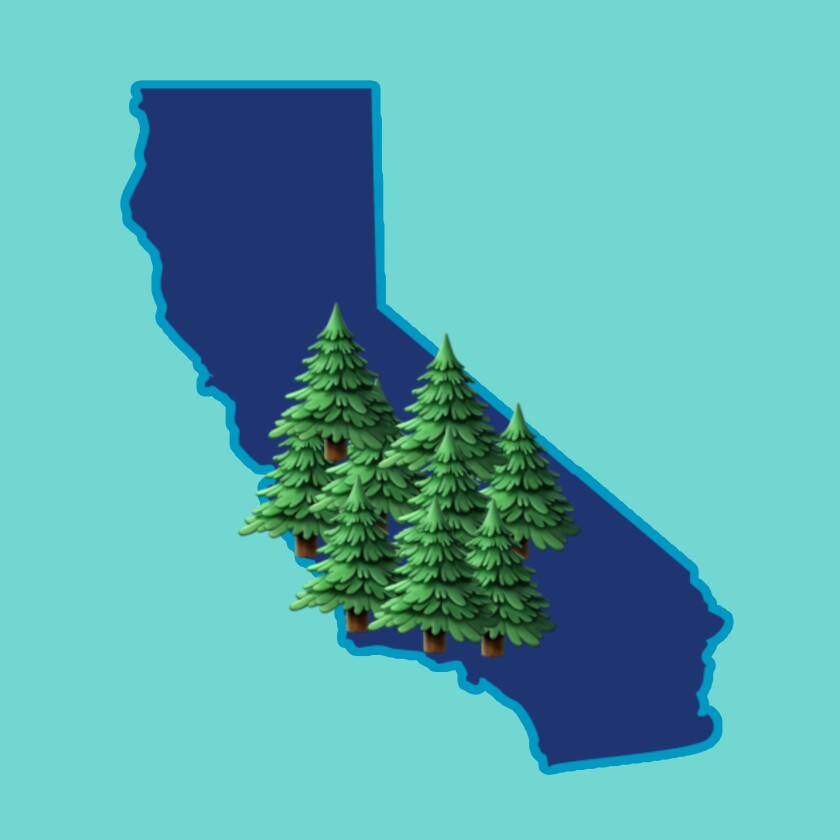


/cloudfront-us-east-1.images.arcpublishing.com/pmn/APHLCKYG6BCF5FW454MZHYSRBU.jpg)

